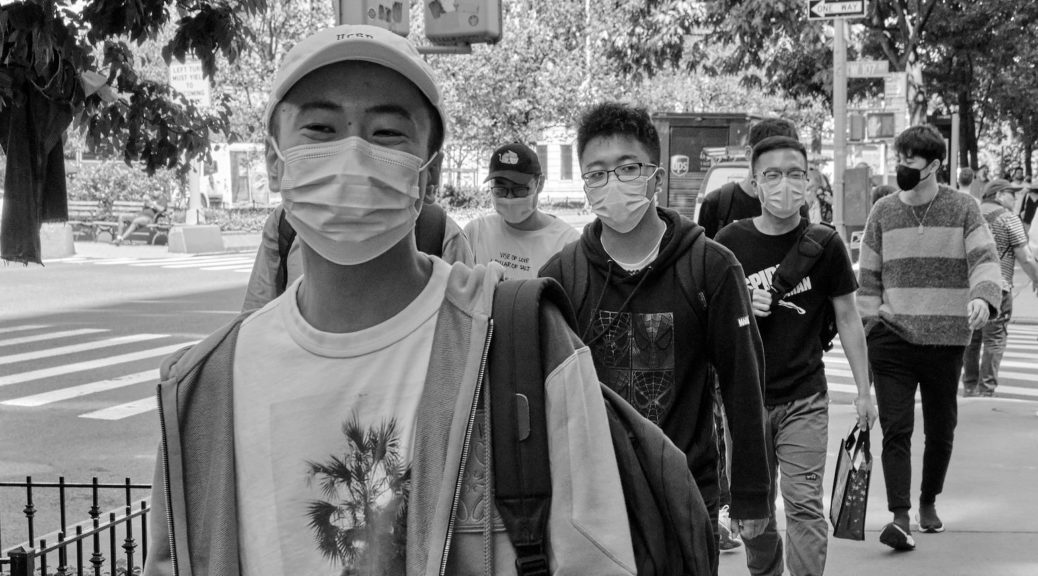When the pandemic struck in 2020 and classes went virtual, students scrambled to adjust. A twenty-two-year-old Filipina American psychology major at Virginia Commonwealth University (VCU) from a working-class background told us about the difficulties she faced attending her classes and getting her homework done. Her apartment’s unstable internet connection often booted her out of class, and she was stymied by the fact that she didn’t even have a desk at home. Because desks were sold out at many stores at the start of the pandemic, she built a wobbly makeshift one out of shelves she bought at a hardware store.
A year later, the challenges continued because of the condition of the small apartment she shared with a roommate. Her bedroom ceiling leaked whenever it rained. Her bed was ruined after a storm, and her landlord had yet to fix the problem (the bucket she used to catch the ceiling drips was visible during our Zoom interview). Along with the “paper-thin” walls of her apartment, these various at-home distractions made it hard to concentrate on academics, she said.
What impact did the shift to virtual learning have on the millions of college and graduate students forced to study—either partly or wholly—at home? Through research conducted at VCU in Richmond, we found that class and race shaped the realities of online learning in 2020 and 2021 in deep, sometimes unexpected ways that largely revolved around the family resources available to students.
Continue reading Inequalities on the Digital CampusAlice Quach Alice Quach is a sociologist based in Virginia Beach with degrees from the University of Virginia and Virginia Commonwealth University.
- Follow us on Twitter: @inthefray
- Comment on stories or like us on Facebook
- Subscribe to our free email newsletter
- Send us your writing, photography, or artwork
- Republish our Creative Commons-licensed content

